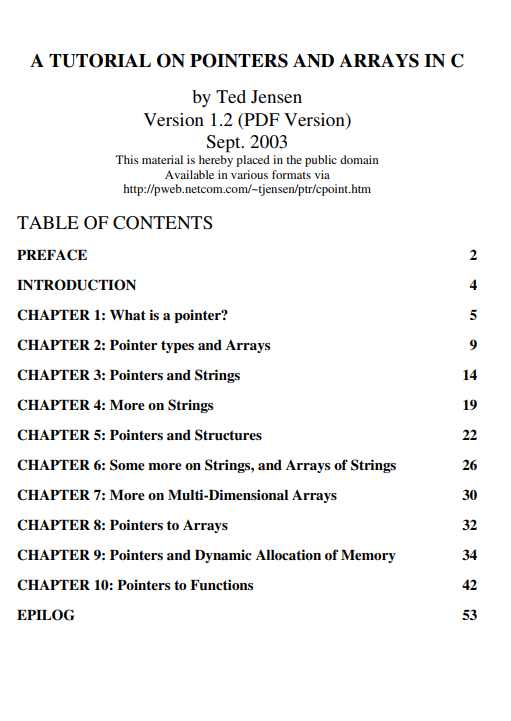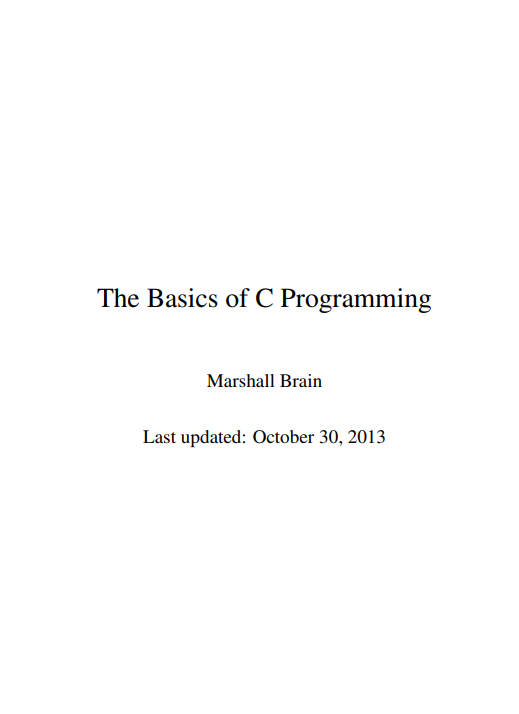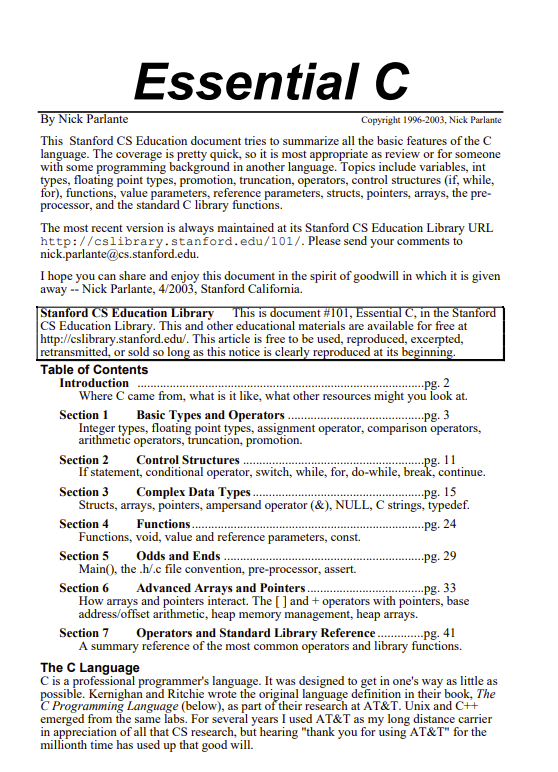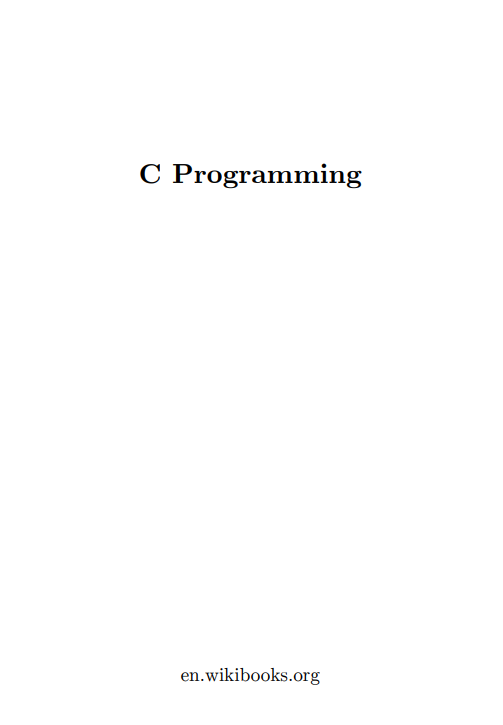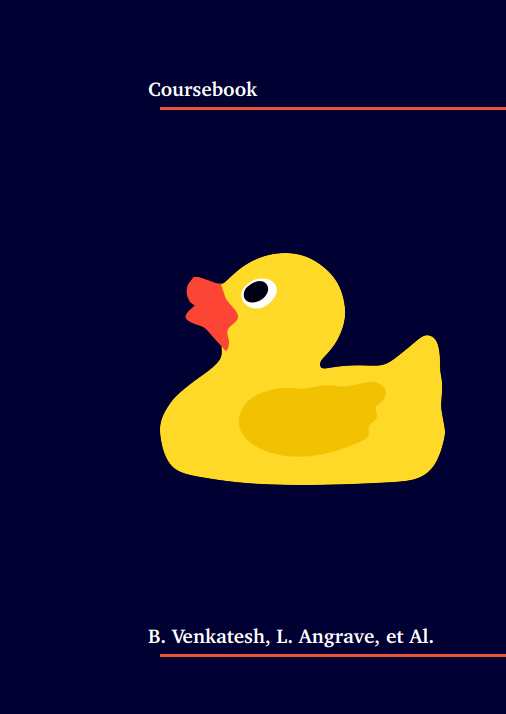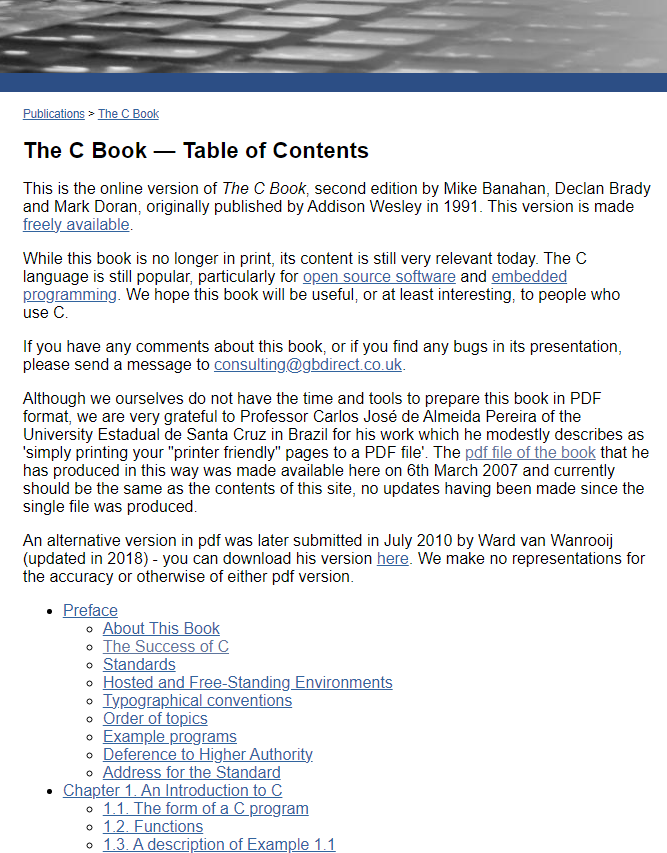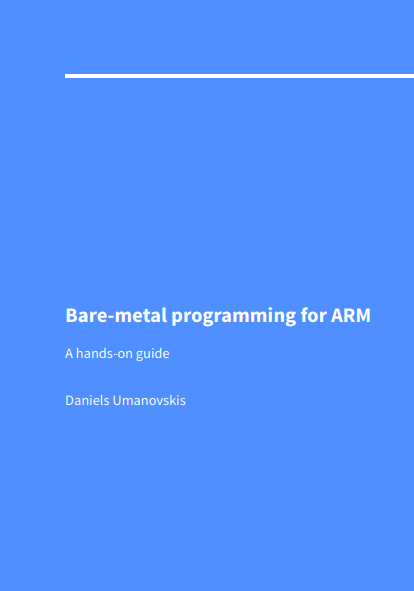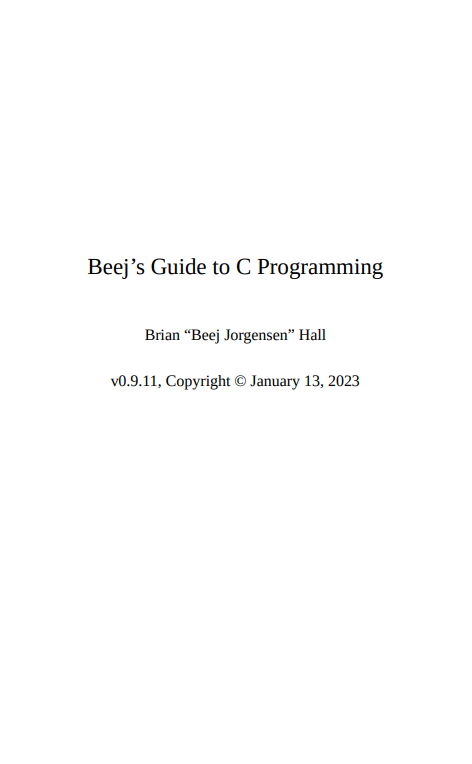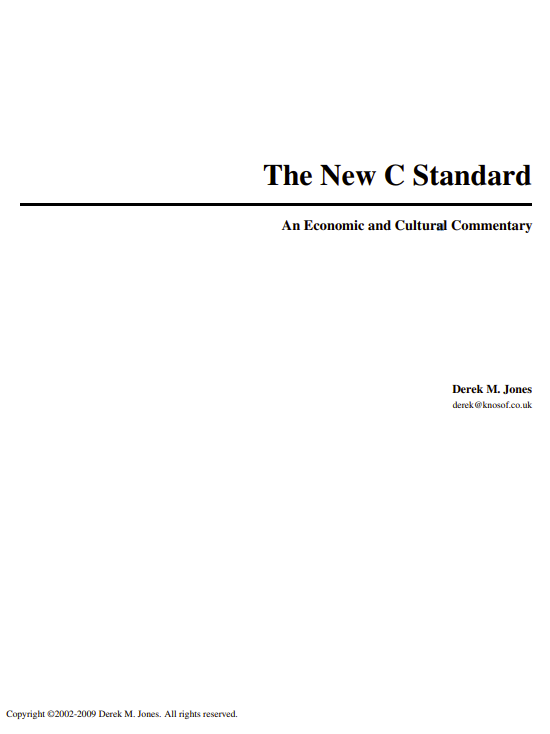If you want to be proficient in the writing of code in the C programming language, you must have a thorough working knowledge of how to use pointers. Unfortunately, C pointers appear to represent a stumbling block to newcomers, particularly those coming from other computer languages such as Fortran, Pascal or Basic.
To aid those newcomers in the understanding of pointers I have written the following material. To get the maximum benefit from this material, I feel it is important that the user be able to run the code in the various listings contained in the article. I have attempted, therefore, to keep all code ANSI compliant so that it will work with any ANSI compliant compiler. I have also tried to carefully block the code within the text. That way, with the help of an ASCII text editor, you can copy a given block of code to a new file and compile it on your system. I recommend that readers do this as it will help in understanding the material.
What is a pointer?
One of those things beginners in C find difficult is the concept of pointers. The purpose of this tutorial is to provide an introduction to pointers and their use to these beginners.
I have found that often the main reason beginners have a problem with pointers is that they have a weak or minimal feeling for variables, (as they are used in C). Thus we start with a discussion of C variables in general.
A variable in a program is something with a name, the value of which can vary. The way the compiler and linker handles this is that it assigns a specific block of memory within the computer to hold the value of that variable. The size of that block depends on the range over which the variable is allowed to vary. For example, on PC’s the size of an integer variable is 2 bytes, and that of a long integer is 4 bytes. In C the size of a variable type such as an integer need not be the same on all types of machines.
When we declare a variable we inform the compiler of two things, the name of the variable and the type of the variable. For example, we declare a variable of type integer with the name k by writing:
int k;
On seeing the “int” part of this statement the compiler sets aside 2 bytes of memory (on a PC) to hold the value of the integer. It also sets up a symbol table. In that table it adds the symbol k and the relative address in memory where those 2 bytes were set aside.
Thus, later if we write:
k = 2;
we expect that, at run time when this statement is executed, the value 2 will be placed in that memory location reserved for the storage of the value of k. In C we refer to a variable such as the integer k as an “object”.
In a sense there are two “values” associated with the object k. One is the value of the integer stored there (2 in the above example) and the other the “value” of the memory location, i.e., the address of k. Some texts refer to these two values with the nomenclature rvalue (right value, pronounced “are value”) and lvalue (left value, pronounced “el value”) respectively.
